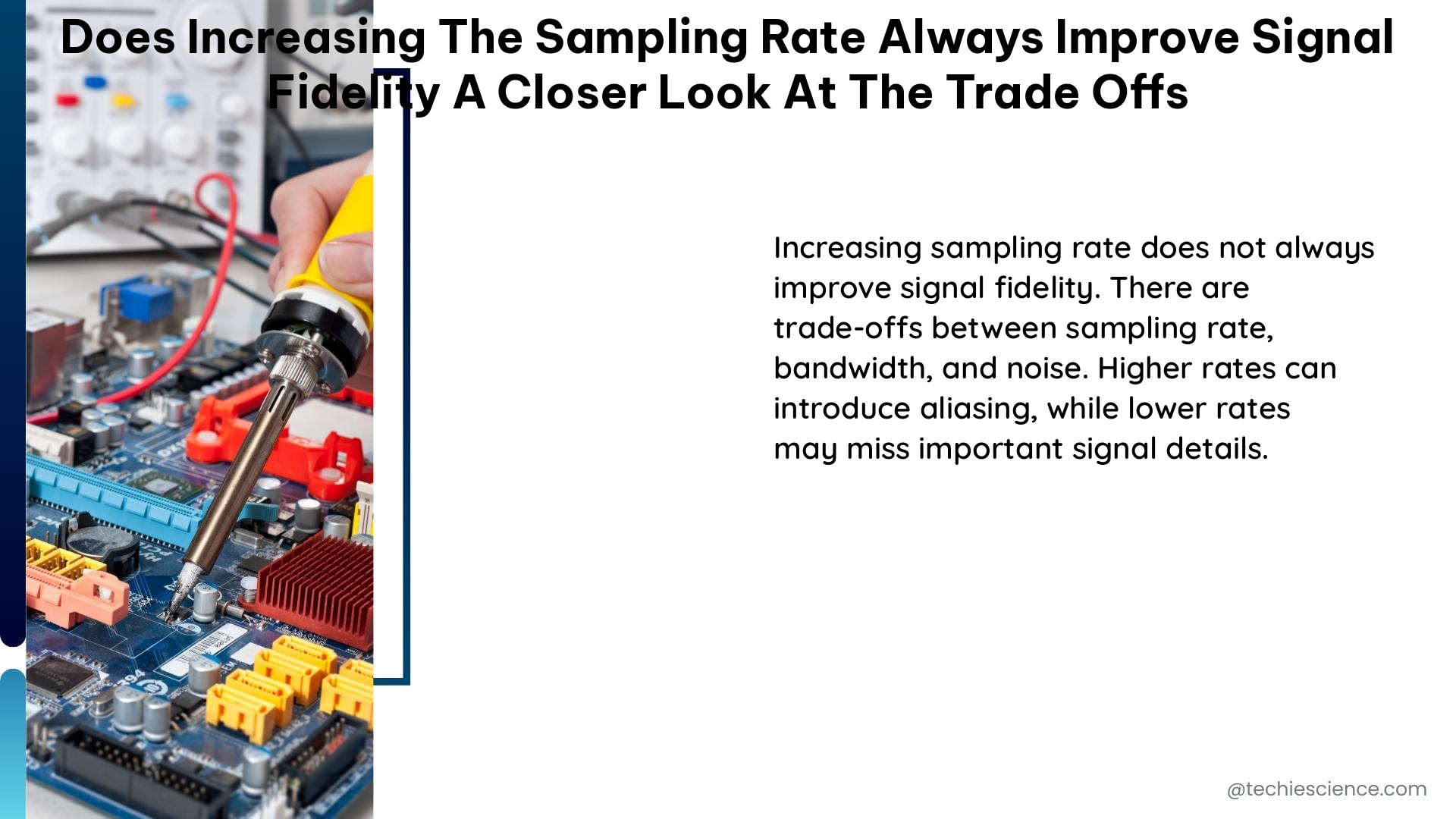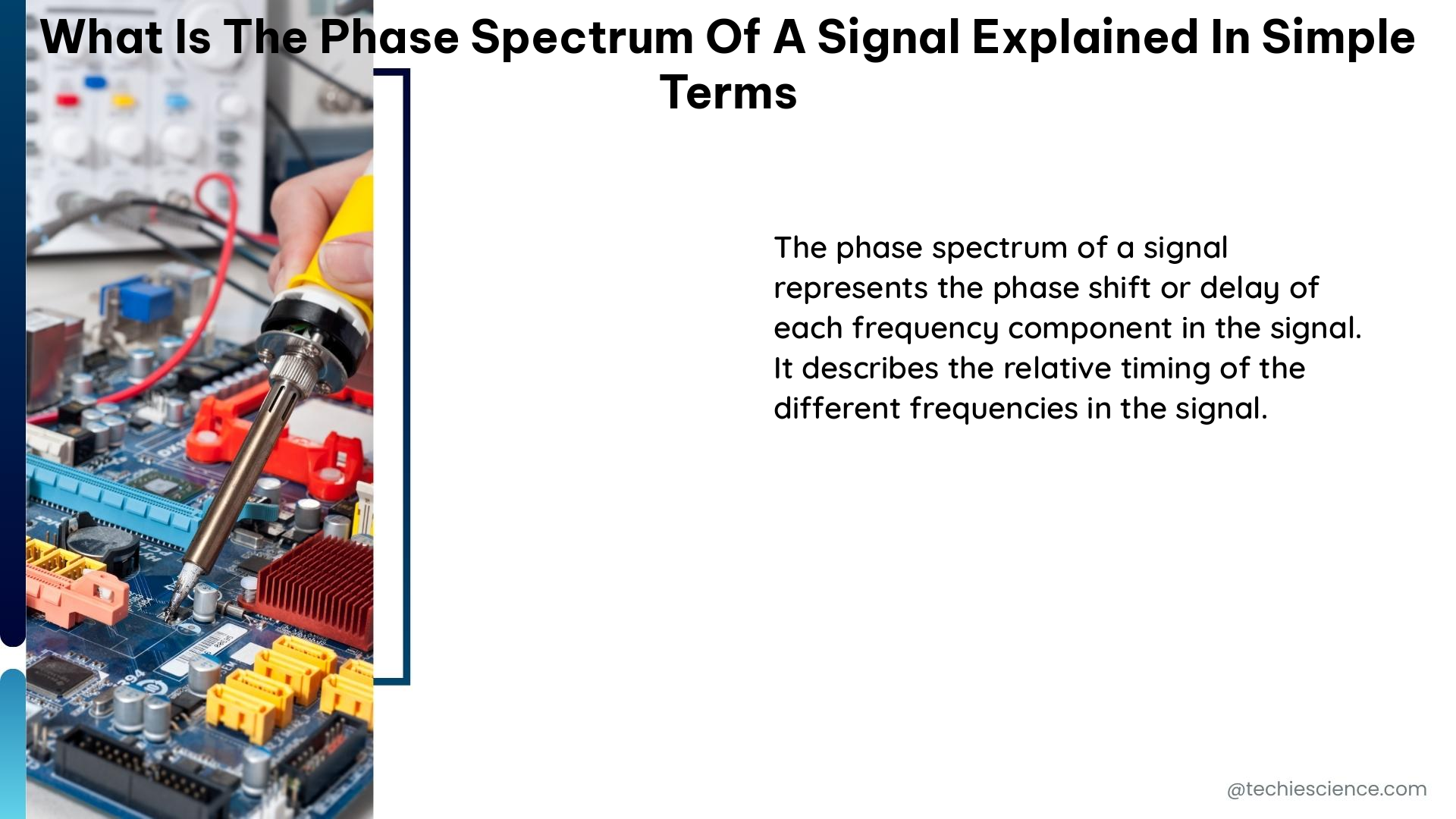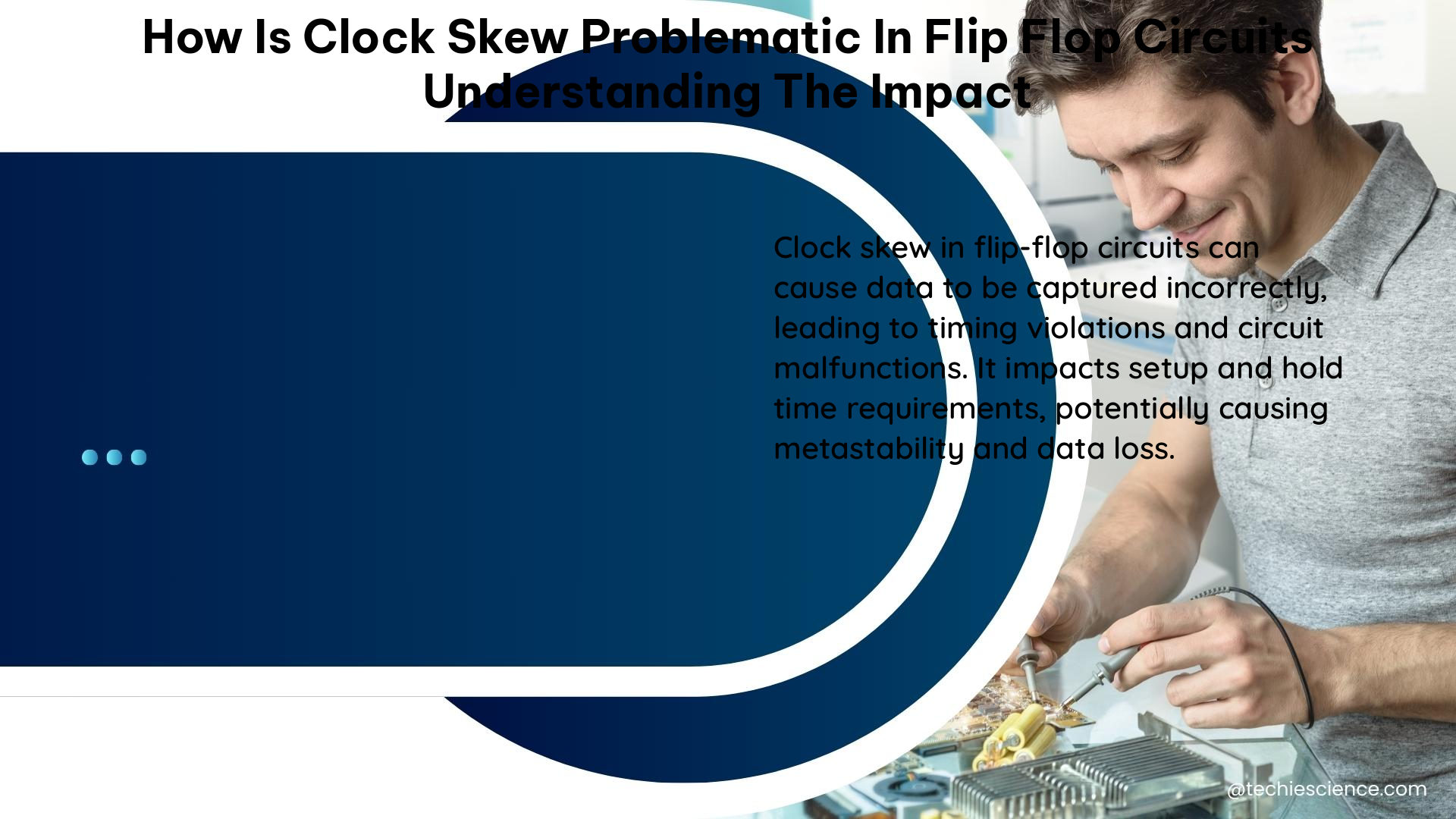Does Increasing the Sampling Rate Always Improve Signal Fidelity? A Closer Look at the Trade-offs
Increasing the sampling rate can indeed improve signal fidelity, but it also comes with significant trade-offs in terms of resource utilization, processing complexity, and potential for aliasing. In this comprehensive guide, we’ll dive deep into the technical details and quantifiable data to help you understand the nuances of this fundamental concept in signal processing. The … Read more


